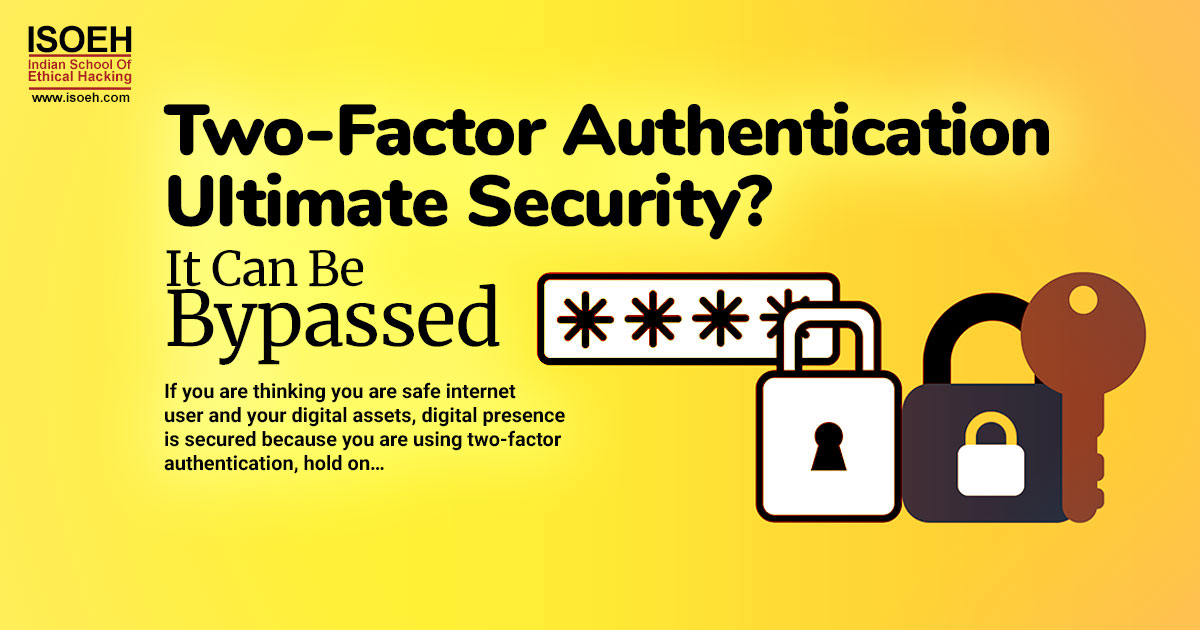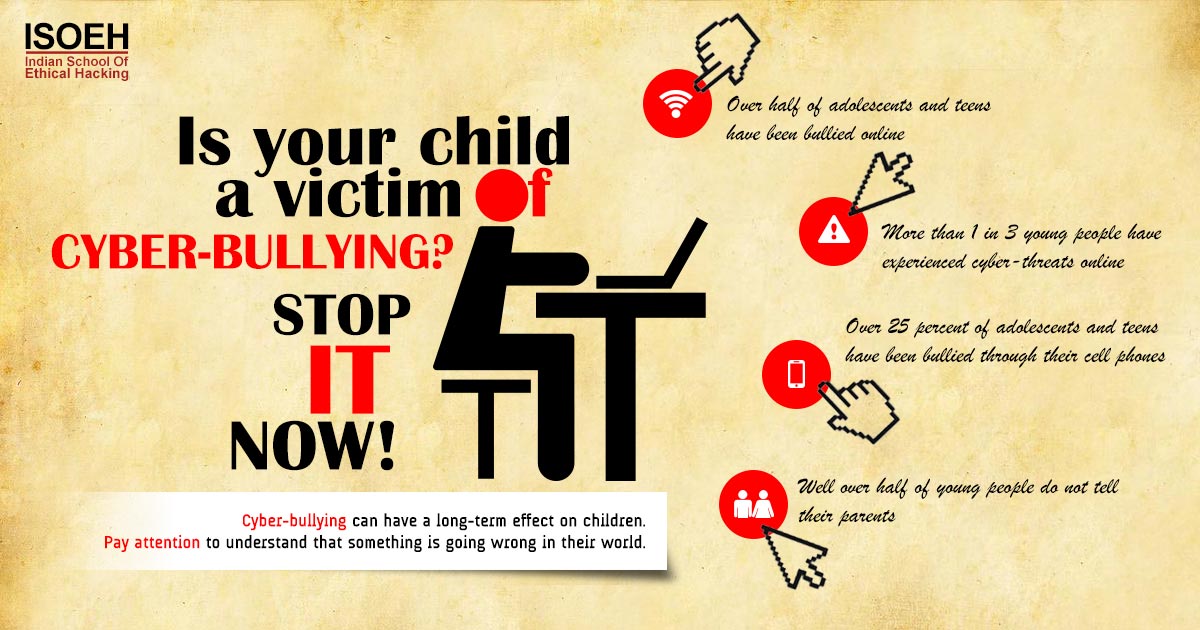
If you are thinking you are safe internet user and your digital assets, digital presence is secured because you are using two-factor authentication, hold on…
I will describe how these two-factor authentications can be bypass.
Following are some 2FA Bypass Vulnerabilities techniques:
1. Response Manipulation
In response, if "success": false Change it to "success": true
2. Status Code Manipulation
If Status Code is 4xx try to change it to 200 OK and see if it bypasses restrictions
3. 2FA Code Leakage in Response
Check the response of the two-factor authentication (2FA) Code Triggering Request to see if the code is leaked
4. JS File Analysis
Rare but some JS Files may contain info about the 2FA Code, worth giving a shot
5. 2FA Code Reusability
The same code can be reused
6. Lack of Brute-Force Protection
Possible to brute-force any length 2FA Code
7. Missing 2FA Code Integrity Validation
Code for any user account can be used to bypass the 2FA or two-factor authentication
8. CSRF on 2FA Disabling
No CSRF Protection on disabling 2FA, also there is no auth confirmation
9. Password Reset Disable 2FA
2FA gets disabled on password change/email change 2 | P a g e Debraj Basak Security Research Analyst
10. Backup Code Abuse
Bypassing 2FA by abusing the Backup code feature Use the above-mentioned techniques to bypass Backup Code to remove/reset 2FA reset restrictions
11. Clickjacking on 2FA Disabling Page
I-framing the 2FA Disabling page and social engineering victim to disable the 2FA
12. Enabling 2FA doesn't expire previously active Sessions
If the session is already hijacked and there is a session timeout vulnerability
13. Bypass 2FA with null or 000000
Enter the code 000000 or null to bypass two-factor authentication protection. Steps: - 1. Enter “null” in 2FA code 2. Enter 000000 in 2FA code 3. Send empty code 4. Open a new tab in the same browser and check if other API endpoints are accessible without entering 2FA
14. Google Authenticator Bypass
Steps:
- Set-up Google Authenticator for 2FA
- Now, 2FA is enabled
- Go on password reset page and change your password
- If you are website redirect you to your dashboard then 2FA (Google Authenticator) is bypassed
15. Bypassing OTP in registration forms by repeating the form submission multiple times using repeater in BurpSuite
Steps:
- Create an account with a non-existing phone number
- Intercept the Request in BurpSuite
- Send the request to the repeater and forward
- Go to the Repeater tab and change the non-existent phone number to your phone number
- If you got an OTP on your phone, try using that OTP to register that non-existent number
- Either one of the Vulnerabilities of any of them doesn't need to present on your Web application. But a Black Hat Hacker will check all of the possibilities and break into your server.
So, be very careful while writing the web service program and very carefully deal with the API.
Lastly don't share your credentials with anyone and don't become a prey of a phishing attack.
Get all updates related to cyber security, cyber faults, crimes happening in the world related to cyber world from Indian School of Ethical Hacking (ISOEH), most trusted and known cyber security institute in Kolkata. Stay Secure!
Hacking Tools
Explore All Hacking Tools »
UFTP is an encrypted multicast file transfer program for secure, reliable & efficient transfer of files. It also helps in data distribution over a satellite link.
Read DetailsBreaking News
Breaking News Of Each Month »
The recent pandemic was unexpected and unknown to most part of the world. It has changed our life and we are slowly adapting to our new lifestyle. The risks associated with the new lifestyle, both personal & corporate, are unknown to most of us.
Read Details



















